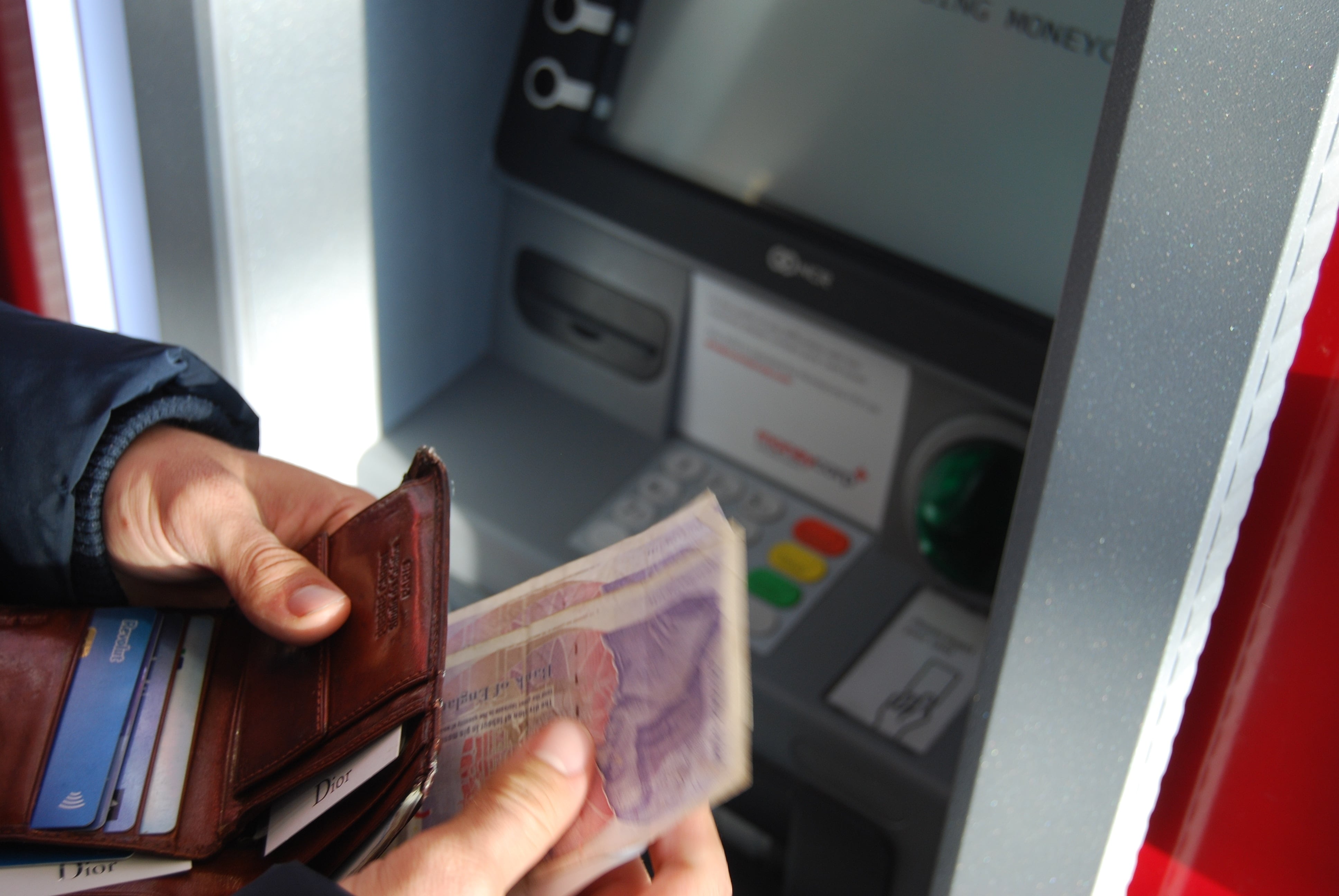A good traveler is a prepared traveler. Before traveling to Russia it is handy to know a few things about the country including national currency and money in general. For starters, the official currency of Russia is the Russian Rubles. Plus debit cards are accepted in most places, including shops, hotels, and restaurants.
What is the Russian currency called?
The Russian ruble or rouble (Russian: рубль rublʹ; sign: ₽, руб; code: RUB) is the currency of the Russian Federation, the partially recognized republics of Abkhazia and South Ossetia and the unrecognized republics of Donetsk and Luhansk.
Travelers often ask whether it's necessary to exchange your local currency to Russian Ruble in your home country prior to the trip. Since it's not always possible to do that, we can reassure you that it's not a problem to exchange money on the spot. Keep in mind though that rates in airports aren't usually good, so it makes sense to exchange your cash somewhere in the city (in a local bank or currency exchange office).
What is the best currency to take to Russia?
A lot of banks don't have Russian rubles in stock, since it's quite a volatile currency to have. In that case, the best money to take is dollars or euros, since they are widely accepted at currency exchange places all around the country.
Can you use Dollars & Euros in Russia?
As we mentioned above, it's better not to exchange money for rubles far in advance. Thus it's recommended to carry your money in Euros or US dollars and then exchange it to local currency when in the country.
Another tip is to have at least 50% of your total money in cash since in rural areas, debit and credit cards aren't accepted.
Currency Accepted by Russian Banks & Exchange Bureaus:
- U.S. Dollar (USD)
- Canadian Dollar (CAD)
- European Euro (EUR)
- Swiss Franc (CHF)
ATMs in Russia: How to Withdraw Money?
ATM machines are very easy to find in Russian cities, so you can easily withdraw Russian Rubles during your stay in the country. For the convenience of travellers, ATM machines usually provide the option to switch the language to English.

First of all, it's worthy to mention that apart from cash, it's best to bring your debit card to Russia. Nevertheless, we highly recommend checking your bank's policies regarding exchange rates and fees (if any) for withdrawing money in another currency in a different country. Also note that if you plan to travel on a train or on a ship in Russia, there won't be any ATMs onboard, therefore you'll need to think through bringing enough Russian cash with you in advance.
What can you buy for 1 US dollar in Russia?
As of today, 1 US dollar is 75 rubles. The exchange rate went up to 80 rubles per 1 US dollar in 2016, but it has been dropping during the last months. Since 2014 prices in Russia have been rising consistently.
But in dollar terms, there is almost no difference. For example, if 1 liter of milk costs about 33 rubles in 2013 (equal to 1 dollar in 2013), today its price is about 68 rubles. The same 1 dollar but twice as expensive in Russia's currency.
Is the Russian currency strong?
The ruble has hit its strongest level in more than two months, pushed higher by investor confidence, renewed appetite for risk, and a partial recovery in worldwide oil prices.
A major factor is Russia’s economic dependency on oil and gas. But not the only factor, because Saudi Arabia (for example) is almost exclusively an oil-based economy. So there’s something else at work as well. and that something is called ’trust in the economy.’ The Russian economy could (and should) have diversified years ago.
Costs of Top Goods & Services in Russia
- Coffee: from 1.26$
- BigMac: from 2.13$
- Cola (can): from 1.19$
- Beer (pint): from 1.32$
- Taxi: from 5.00$
- Public Transport: from 0.73$
Eager to learn more about vast Russia and its many-sided culture? To prepare you for the upcoming journey and guide you about the peculiarities of travelling like a local around this outstanding region, we created a unique Russia travel guide featuring all the hot topics regarding touring Russia!



